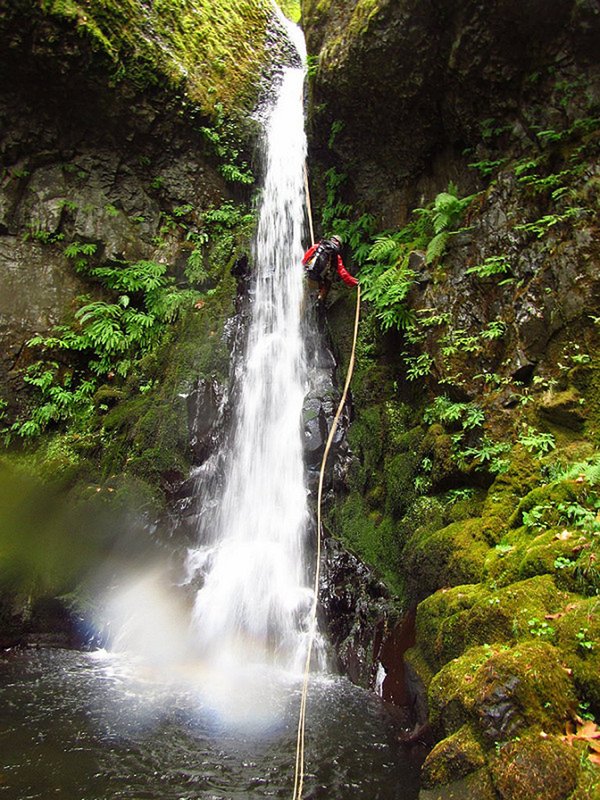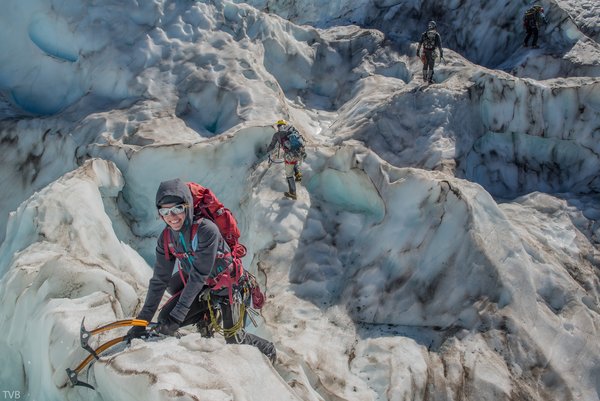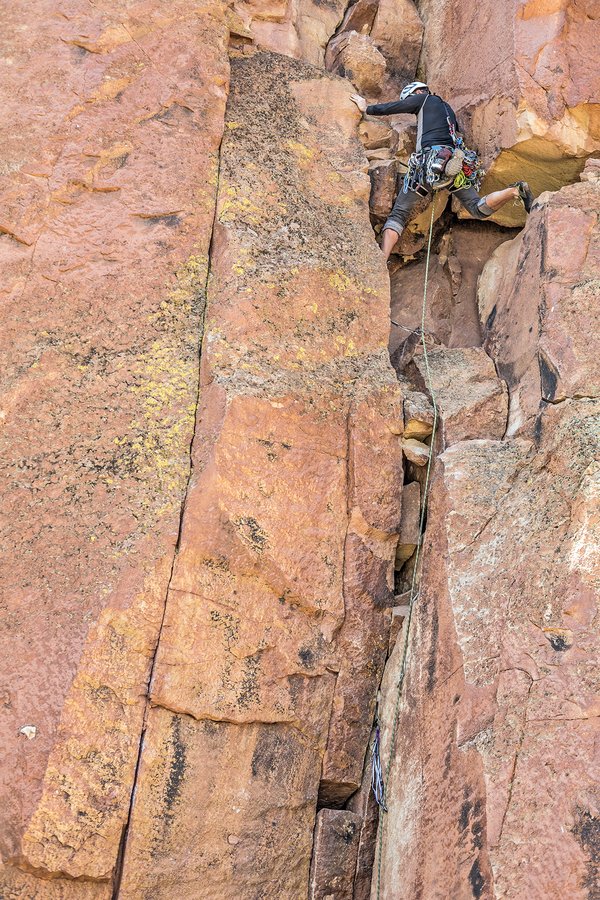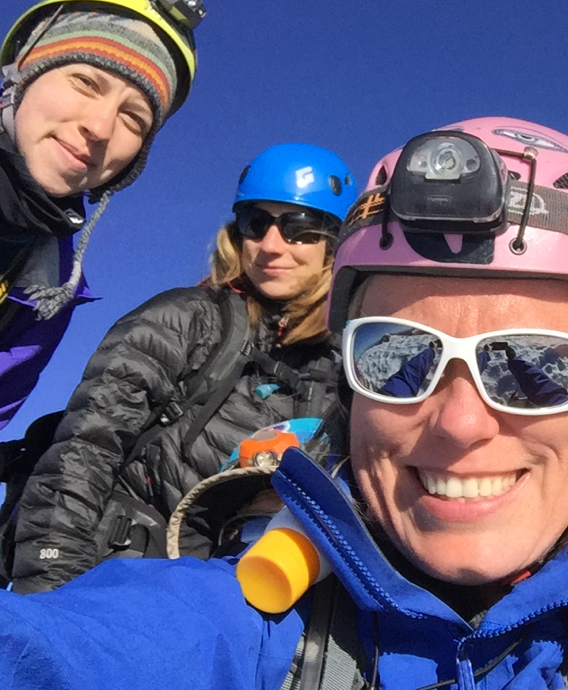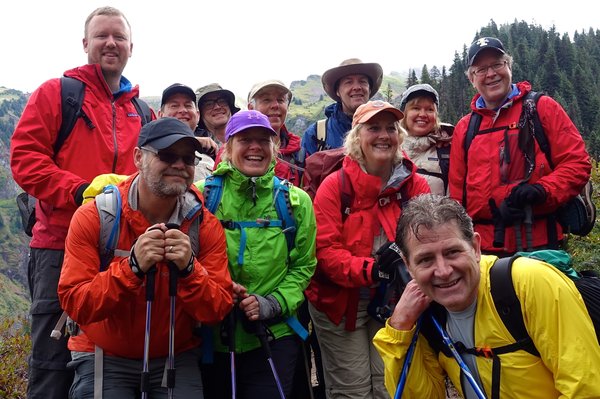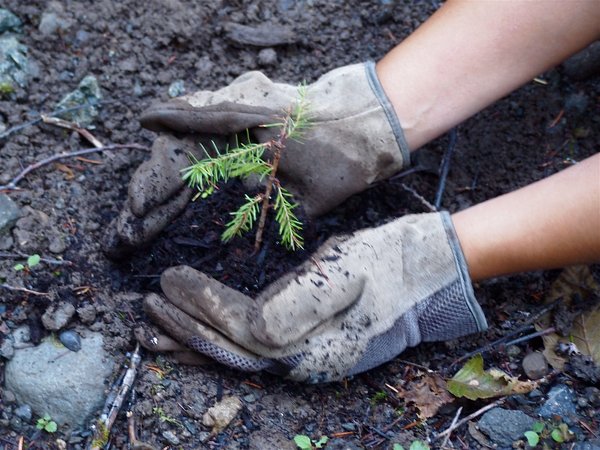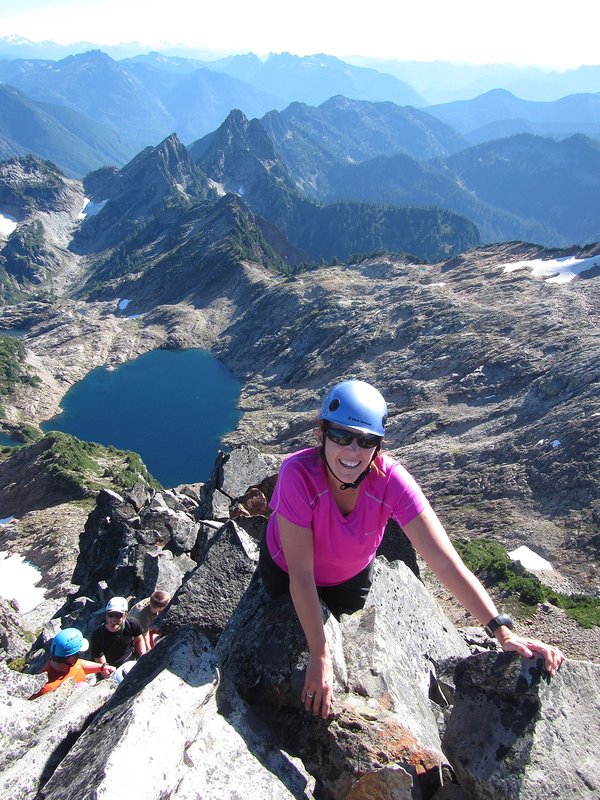Activity Notes
This is an evening assessment at the MMC. In order to pass the assessment, you need to successfully complete a rescue for the three scenarios described below. There is not practice time built into the Assessment Module, you should come practiced and prepared to perform all three assessment tasks.
***Having a previous CL:HAR badge is a prerequisite for taking the Assessment Module***
Prior to the day of the assessment, you must complete the online Instruction Module. This instruction will be delivered via Google Classroom and you can work through the videos, articles, and practice at your own pace. You will receive the Google Classroom link once you are accepted into the Assessment Module. Expect the Instruction Module to take 2-4 hours on work at home prior to the assessment.
Masks - because we will be working together in close proximity on the wall, we kindly request that you wear a mask during this session.
Assessment Scenarios
Scenario 1: Rescue a leader who has gone past half a rope length and needs assistance to rappel
- Requirements: Participant will need to go hands free, convert the belay and ascend to the climber, convert to rappel and perform a counter-balanced pickoff to an intermediate anchor, construct an intermediate anchor, secure both people to the anchor using a load releasable attachment, pull rope and rig a tandem rappel, and rappel to the ground.
- This scenario will be tested on the wall in a fully weighted environment
Scenario 2: Rescue a follower belayed from above on a plaquette. The follower falls off at an overhanging section and must be lowered ~10 feet until they are back on the wall. They fall again in the overhung section and ask to be raised past the overhang. Once they are climbing again, they are then hit with a falling rock and require assistance to rappel back to the ground.
- Requirements: Participant will release a weighted plaquette (using any acceptable method with backup) and lower the follower a few feet. The follower will then be belayed to climb again but struggles and requires raising via a mechanical advantage system. The follower is then incapacitated and the participant must convert to a counter-balanced rappel, pick-off the injured follower, and support them upright during the rappel to the ground
- This scenario will be tested on the ground in a simulated environment
Scenario 3: Your rope is damaged and you must rappel, then retrieve the rope for later use
- Requirements: Participants need to rig a retrievable isolated strand rappel, perform a rappel, and pull the rope
- This scenario will be tested on the ground
Click here for Assessment Criteria
Note: assessment scenarios can be performed using any generally accepted technique provided that:
- All lowers and rappels must have closed systems and effective backups
- An appropriate hard or soft backup knot is used when switching between systems
- A single friction hitch on the load strand is not used as the only means that a climber is secured
- Gear used is what you would typically carry on a climb
We are scheduling these dates to complete the recerts that started in December and support more leaders prior to BCEP starting. Our dates have been limited by availability of the Holman and the number of participants may be limited by the availability of volunteers to be determined soon. Another way to practice and learn the material that may help is to offer to be a climber for someone doing the assessment, depending on the need for volunteers.and the availability of volunteers to do the assessment.

